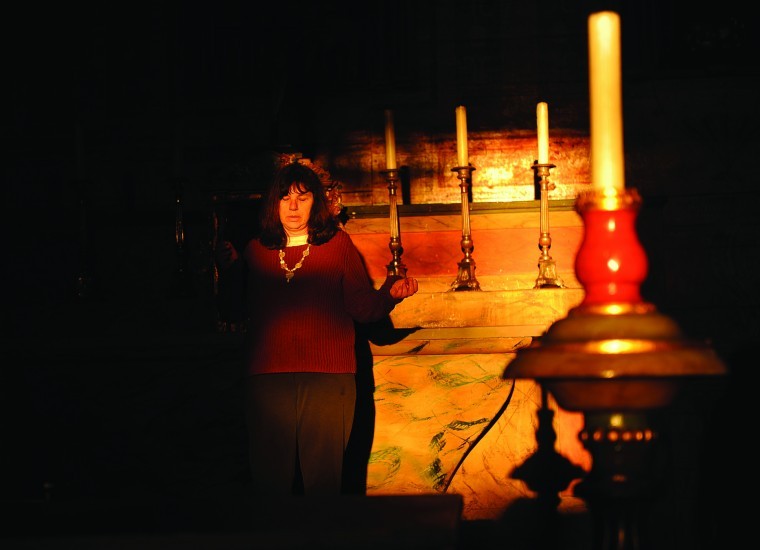A guide to buying the right CFLS
Changing light bulbs is a challenge worthy of a slew of
jokes
– and anyone who has been in the lighting aisle of a hardware
store recently would certainly understand. With the advent of
compact fluorescent lights – an energy-saving alternative that has
become available for most lighting needs – shopping for light bulbs
has become even more confusing.
A guide to buying the right CFLS
Changing light bulbs is a challenge worthy of a slew of jokes – and anyone who has been in the lighting aisle of a hardware store recently would certainly understand. With the advent of compact fluorescent lights – an energy-saving alternative that has become available for most lighting needs – shopping for light bulbs has become even more confusing.
One of things that makes shopping for CFLs difficult is that they are labeled at a lower wattage than incandescent bulbs. So while a lamp tag might say it needs a 60-watt bulb, shoppers must find the equivalent in a CFL. Environmental Defense, an organization that promotes energy efficiency, has created a Web site that helps buyers navigate the world of electrical lighting. Before heading out to the hardware store, buyers can do their homework online.
By clicking on the “find the bulb” link, users can see a complete list of available energy-saving light bulbs or they can search for bulbs that fit a certain light fixture or location. A search for a recessed can light bulb turned up six bulbs of various wattage and shapes. The information returned includes the approximate cost of the bulbs, recommended uses and the equivalent of the CFL wattage to an incandescent wattage. For instance, a 23 watt CFL provides as much light as a 100-watt incandescent bulb.
The guide also gives information on which bulbs are energy star-approved and what type of light the bulbs give off. Early CFLs gave off the cool, white light often associated with doctors’ offices and sterile places, but compact fluorescent lights now come in “warm white,” a softer, more golden light and in a glow that is similar to daylight.
The bulbs do have a brief delay, so when a light is switched on it takes a few moments before the bulb reaches its full brilliance.
The one concern with using CFL bulbs is that they contain about 5 milligrams of mercury in the glass tubing – about the equivalent of the tip of a ballpoint pen – according to Energy Star, a government agency that encourages the use of energy-efficient products. The mercury cannot be released unless the bulb is broken so handling them with care is encouraged.
Since the bulbs contain mercury, the lights should not be tossed out in the trash. San Benito County’s Integrated Waste Management staff will accept the bulbs at its monthly hazardous household waste collection on the third Saturday of the month from 9 a.m. to noon. The collection is at 2650 John Smith Road in Hollister. Retailers are also looking into take-back programs that would allow consumers to drop off used bulbs.
Energy experts agree the benefit of CFLs out weigh the concerns over the use of mercury in the light bulbs.
According to Environmental Defense staff, an 18-watt CFL makes the same amount of light as a 75-watt standard incandescent bulb. But it uses about one-fourth of the energy to make the same amount of light.
Over a CFL bulb’s lifetime, it can reduce carbon dioxide emissions by more than 1,000 pounds versus a typical incandescent bulb, according to the Environmental Defense staff.
While CFL bulbs are typically priced higher than incandescent on store shelves, they come with a lifetime savings because they use less energy. A single 60-watt CFL light bulb at a local grocery store sold for $4.38 this week while a two-pack of incandescent bulbs sold for $3.89. Despite the upfront cost, installing a 15-19-watt CFL instead of a 60-watt incandescent – a common wattage for desk lamps – saves a user more than $60 over the course of the bulb’s use. For larger wattage bulbs, the savings just increase, according to the Environmental Defense Fund. Moreover, the typical CFL lasts much longer than an incandescent bulb.








